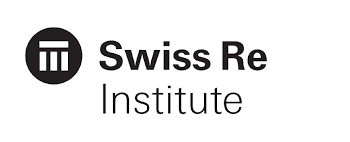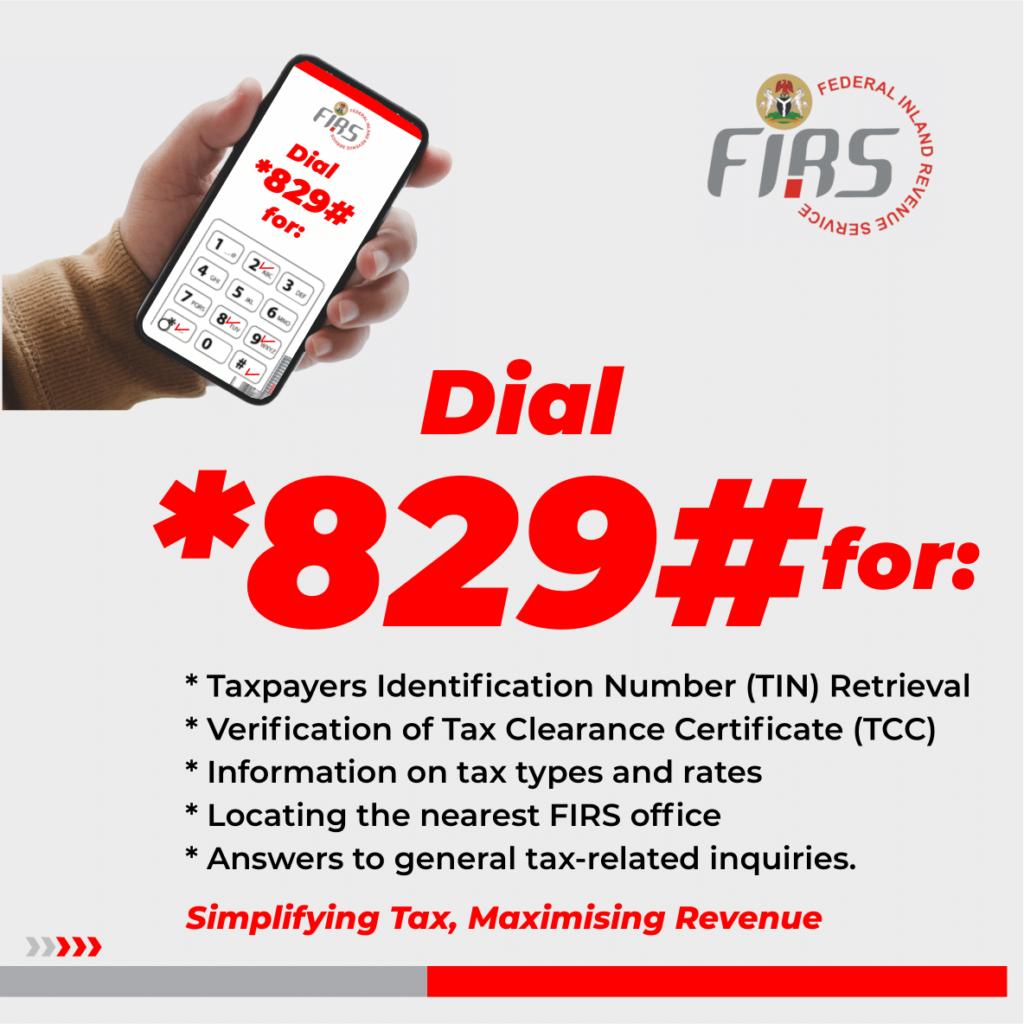The perception that embracing the agricultural insurance was a joke is waning and accepting that insurance intervention in crop losses is real is sweeping several states in Nigeria especially in the north where large volume of farming is the mainstay. Describing insurance services as mirage is losing traction because its relevance is being attested to with statistics.
The Commissioner for Insurance, National Insurance Commission, Olusegun Omosehin rolled out statistics at the 2025 Stakeholders Retreat of the House Committee on Insurance and Actuarial Matters at Maiduguri, to establish the long stretch insurance has covered, covering the risks of smallholder farmers; he noted precisely that over 1.47 million smallholder farmers have been covered under NIRSAL’s agricultural insurance schemes, with a target of 3.6 million by 2026.
Not done Omosehin said in Q2 2025, 250,000 farmers were insured across eight states under federal initiatives. Related scope of stats he stated show that in north central Nigeria, insured rice farmers recorded 11% higher productivity than their uninsured peers – averaging 20 bags/hectare compared to 18 bags/hectare.
He said there are points of reference for success these include kaduna ginger farmers that received payouts under the NAGS-AP scheme after suffering over 90% crop loss. He also noted that herder-farmer conflicts are reducing in Sokoto, Bauchi, Adamawa and Plateau States on account of livestock and encroachment insurance.
Converging this to NIIRA 2025, the CFI said NAICOM intends to expand index-based and parametric insurance for crops and livestock and also, promote bundled insurance products with inputs and credits.
Also on schedule is creating a platform of collaboration for operators to partner with tech firms and agric businesses to scale digital insurance delivery. Also knocked in is to engage state governments to embed insurance into agricultural extension services.








































